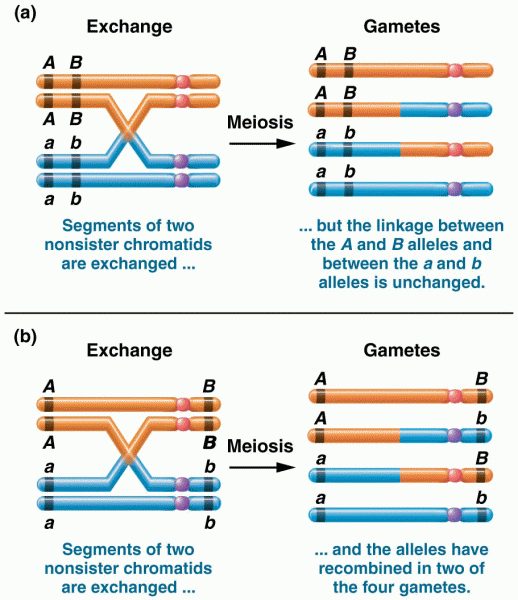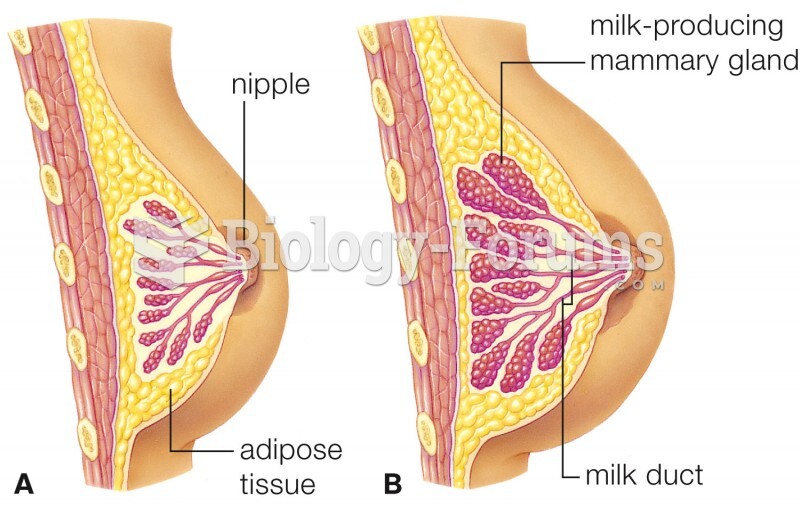Answer to Question 1Acupuncture, a component of traditional Chinese medicine, involves stimulating specific anatomic
locations on the skin using hair-thin, solid-core needles for therapeutic purposes. The anatomic
locations, called acupoints,follow one of 12 energy pathways, called meridians,which correspond to
specific organs, organ systems, or functions.
Acupuncture is based on the belief in the action of an energy or vital life force. According to
traditional Chinese beliefs, this energy, or qi(pronounced chee), is linked to the mental, emotional,
spiritual, and physical nature of humans and is an essential component of the healing process. Qi
is influenced by the opposing forces of yinand yang.Acupuncture is believed to balance yinand
yangto restore the normal flow of energy and to restore health to the body and mind. Meridians,
or energy channels, constantly conduct qibetween the surface of the body and the internal organs;
when the energy is kept flowing, the body, mind, and spirit maintain or improve health. Symptoms
occur when the flow of qiis blocked or diminished. Acupuncture points are stimulated by inserting
into the skin thin, solid, metallic needles that are manipulated manually or by electrical stimulation.
Traditional Western medicine relies on conventional treatments, including resting the particular
body part, physical therapy (PT), occupational therapy (OT), chiropractic manipulation, pain
medication, and anti-inflammatory drugs. Although these work for many people, many others have
significant side effects such as gastric irritation and unclear thinking. Sometimes, despite these
therapies, patients still have varying degrees of pain. Sur
After discussing her condition, the acupuncturist will examine her to determine which points to
use. It is common to treat patients with a combination of front, back, and extremity points during a
single session. Acupuncture needles are sterile, prepackaged, disposable and hair thin. The needles
are placed at various depths, ranging from a fraction of an inch to two inches. She will be provided
a gown because she will need to disrobe partially, and she will be positioned comfortably, usually
lying supine or prone. After the needles have been inserted and stimulated, they will stay in place for
5 to 20 minutes.
Tell her she may feel a slight prick when the needle is inserted, but it is much less than the prick felt
during an injection because the needles are hair thin. Heaviness, numbness, tingling, or mild soreness
may occur after the needles have been inserted. The needle is inserted to the depth necessary to elicit
the patient's sensation of qi,a feeling of deep heaviness or numbness, which radiates from that point
and indicates that the treatment is working. Some acupoints might not be felt at all.
Medicare and Medicaid do not cover acupuncture treatment. More insurance companies are
covering acupuncture treatment if it is used to treat a specific illness or being delivered by a specific
practitioner, such as a licensed medical doctor or practitioner in the company's network. Other
insurers are offering discount plans in which participating acupuncturists are listed as preferred
practitioners in return for giving a discount to the insurer's patients. Some states allow coverage of
needling of trigger points; many of these are also acupuncture points.
Acupuncture performed by a trained acupuncture practitioner is relatively safe with few adverse
effects. Many patients report a sensation of well-being or relaxation after an acupuncture
treatment, especially if electrical stimulation has been used. The sensation of relaxation sometimes
evolves into a feeling of fatigue that might last several days. Other transient effects might include
lightheadedness, anxiety, or agitation. Local inflammation and minor bruising and bleeding are
possible. Risks associated with placing a needle into the body include syncope, puncture of an
organ, retained needle, and pneumothorax. Infections, including hepatitis B and bacterial abscess,
may occur if nonsterile or poor technique is used.
There are a few contraindications to acupuncture. J.B. needs screened for a history of any bleeding
disorders. Determine if she is currently pregnant, has a pacemaker, or is on anticoagulant therapy.
Assess for any active skin lesions in the acupoint fields.
She needs to keep any follow-up appointments and continue medication therapy because relying
on acupuncture as the only treatment for her sprain may not be the best way to improve her
condition. At the follow-up appointment, she needs to tell her physician she is in acupuncture
treatment. Although acupuncture will not interfere with her regular medical care, her physician may
recommend other treatment methods such as PT or continued use of medications.
Acupuncture practitioners are doctors of Asian medicine, licensed acupuncturists, or physicians or
chiropractors with acupuncture training. More physicians, including neurologists, anesthesiologists,
and specialists in physical medicine, are becoming trained in acupuncture. Most states require a
license to practice acupuncture, but standards for education and license requirements for practice
vary from state to state. A license does not guarantee quality of care but does show that the
practitioner meets certain standards regarding the practice of acupuncture.
Answer: a
If a patient is going to respond to therapy, pain symptoms should be less severe within three
or four treatments. It generally takes 6 to 12 treatments for the full effect. There is no need to take
ibuprofen or another analgesic beforehand because there is minimal discomfort associated with
acupuncture. The primary care physician does need to know J.B. is receiving acupuncture. There
have been no documented cases of HIV infection from acupuncture treatment.
Reliable websites with information on acupuncture, lists of acupuncturists, and current research
regarding acupuncture include the following:
National Center for Complementary and Alternative Medicine (NCCAM):
http://nccam.nih.gov National Acupuncture Foundation:
www.nationalacupunc turefoundation.org American Association of Acupuncture and Oriental Medicine:
www.aaaomonline.org American Academy of Medical Acupuncture:
www.medicalacupunct ure.orgAnswer to Question 2It was prescribed to reduce the chronic inflammatory processes causing his back pain. Celecoxib
(Celebrex) is a cyclooxygenase-2 (COX-2) inhibitor that selectively inhibits prostaglandins
responsible for joint pain. It is a newer member of the NSAIDs and has fewer GI adverse effects
in comparison with older NSAIDs because of its COX-2 selectivity. However, GI toxicity is still a
possibility, and, especially with his history, he needs to be very careful to watch for GI bleeding.
The FDA has issued a Black Box Warning for all NSAIDs. This warning includes information that
patients with cardiovascular disease or risk factors for cardiovascular disease might be at greater risk
for serious cardiovascular events such as thrombotic events, myocardial infarction (MI), and stroke.
J.C.'s cardiovascular status and risk factors need to be assessed closely.
Although it is frequently used for chronic joint pain, acetaminophen is an analgesic and antipyretic
but lacks anti-inflammatory properties and does not stop the damage caused by chronic
inflammatory processes.
Single knee-to-chest: Lie on the back with the knees bent at 90-degree angle and feet flat on the floor.
Clasp the hands behind one knee at a time and gently pull toward the chest; hold 5 to 10 seconds.
Alternate knees. Complete 6 to 10 repetitions at least twice a day. This can also be done from a
seated position; as you lean forward, extend your arms and touch the floor.
Abdominal curl: Lie on the back with the knees flexed and feet flat on the floor, with arms extended
beside the knees. Inhale deeply. Tuck chin and exhale while slowly lifting the shoulders from the
floor. Hold this position for 5 seconds, continuing to exhale and inhale while slowly returning to
resting position.
Pelvic tilt: Lie on the back with the knees flexed and feet flat on the floor. Inhale deeply. Exhale
slowly as you tighten the buttocks and abdomen, pressing back into the floor and tilting your
pelvis toward the ceiling. Hold for 5 to 10 seconds while exhaling, then relax. Complete 6 to 10
repetitions at least twice a day.
Hamstring stretch: Sit with one leg extended on the bed and the other leg off the side of the bed.
Bend forward, reaching the hands toward the foot of the extended leg, and hold 10 to 30 seconds,
then relax. Turn around and repeat with the other leg outstretched. Repeat 6 to 10 times at least
twice daily.
Answer: b
When lifting a heavy object, it is important to bend at the knees, not the waist, and stand up
slowly while holding the object close to the body.






